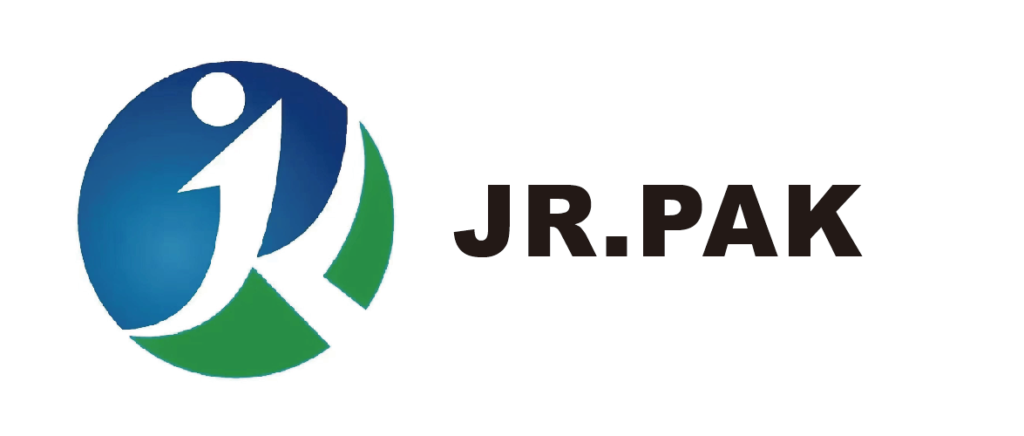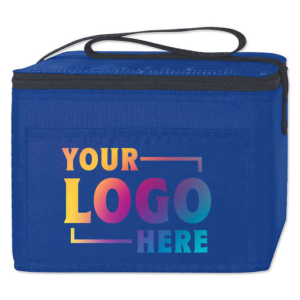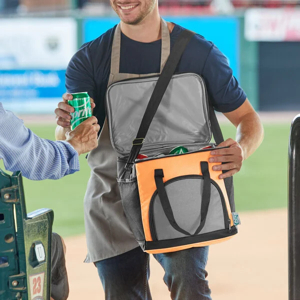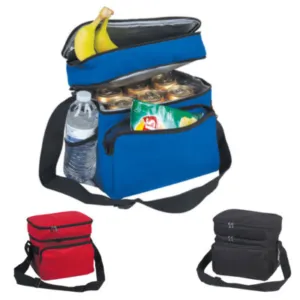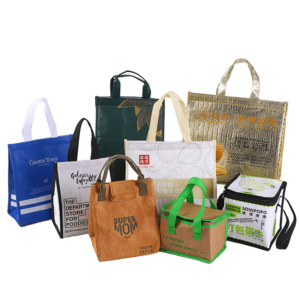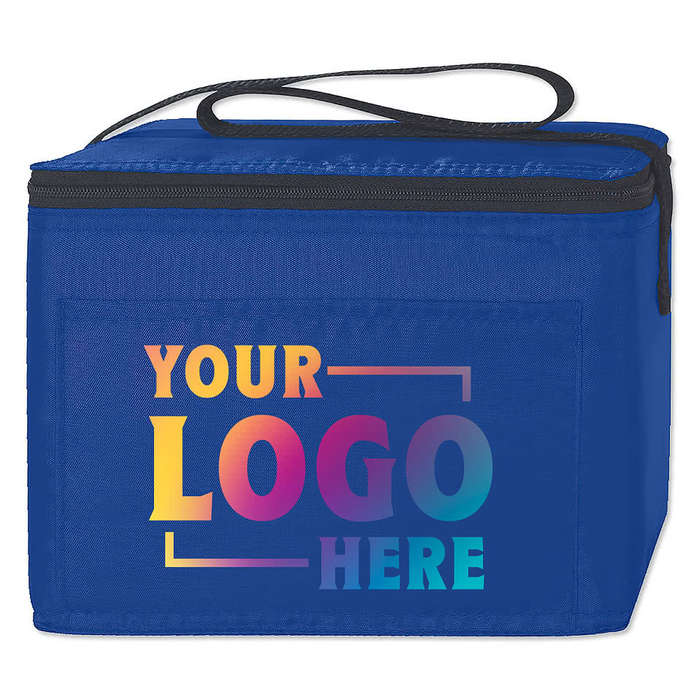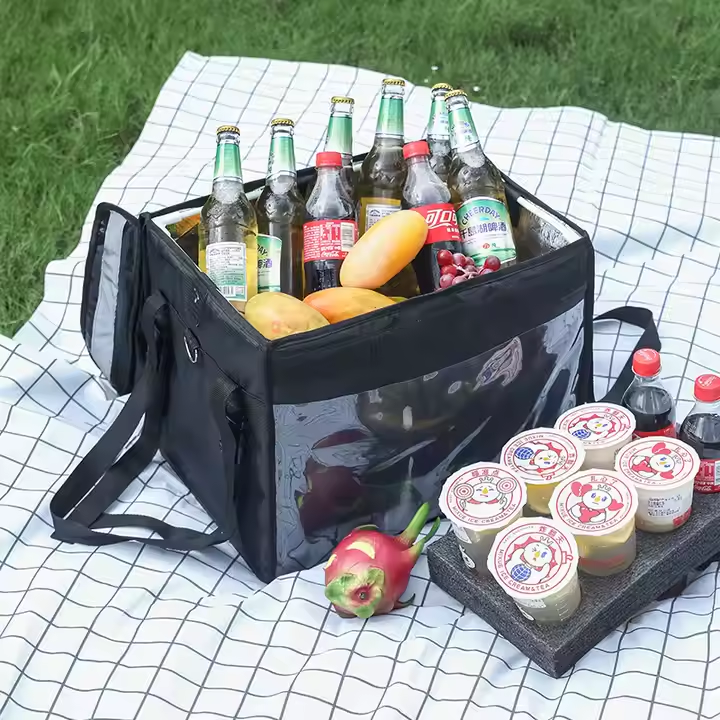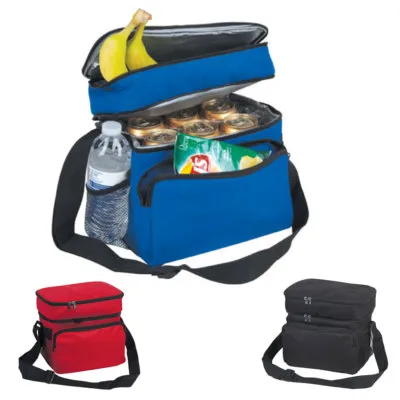The non-woven bag industry is witnessing a significant transformation driven by global sustainability initiatives, consumer preferences, and technological advancements. As we move forward, several trends are expected to shape the future of non-woven bags, making them an even more attractive option for consumers and businesses alike. This article outlines the key trends, comparisons with traditional bags, and their potential impact on the market.

1. Growing Demand for Sustainable Products
A. Environmental Awareness
Consumers are becoming increasingly aware of environmental issues, leading to a shift towards sustainable products. Non-woven bags, made from recyclable and biodegradable materials, align perfectly with these values.
| Aspect | Non-Woven Bags | Traditional Plastic Bags |
|---|---|---|
| Material | Recyclable, biodegradable | Non-biodegradable |
| Environmental Impact | Lower carbon footprint | High carbon footprint |
| Reusability | High | Low |
B. Legislation and Bans
Many countries and regions are implementing legislation to ban single-use plastics. This regulatory environment encourages consumers and retailers to adopt non-woven bags as a sustainable alternative.
2. Advancements in Manufacturing Technologies
A. Innovative Materials
The future of non-woven bags will see the introduction of new, advanced materials that enhance durability, flexibility, and aesthetic appeal. For instance, the use of recycled plastics in manufacturing non-woven bags is expected to rise.
B. Automation in Production
Automation and advanced manufacturing processes will reduce production costs and improve efficiency, making non-woven bags more accessible to a broader audience.
| Technology Type | Current State | Future Potential |
|---|---|---|
| Manufacturing Process | Manual and semi-automated | Fully automated production lines |
| Material Innovation | Basic non-woven fabrics | Enhanced recycled and biodegradable options |
3. Customization and Personalization
A. Brand Identity
Businesses are increasingly looking for ways to differentiate themselves in the market. Customizable non-woven bags allow brands to showcase their identity through colors, logos, and designs.
B. Consumer Preferences
Consumers enjoy personalized products. Offering options for custom prints or designs on non-woven bags can attract more customers and enhance brand loyalty.
| Customization Aspect | Traditional Plastic Bags | Non-Woven Bags |
|---|---|---|
| Design Options | Limited | High (custom prints available) |
| Brand Promotion | Difficult | Effective for brand visibility |
4. Increased Use in Various Sectors
A. Retail and Grocery
Non-woven bags are increasingly being adopted as shopping bags in supermarkets and retail outlets. Their sturdiness makes them ideal for carrying heavy items, which is a significant advantage over traditional paper or plastic bags.
B. Promotional and Corporate Gifts
Businesses are embracing non-woven bags as promotional items. Their practicality and eco-friendliness make them an excellent choice for giveaways and corporate gifts.
| Sector | Adoption of Non-Woven Bags | Adoption of Traditional Bags |
|---|---|---|
| Retail & Grocery | Rapidly increasing | Declining due to environmental concerns |
| Corporate Promotions | Growing popularity | Stagnant |
5. Integration of Technology
A. Smart Features
The integration of smart technology, such as RFID tags and QR codes, into non-woven bags can enhance user experience. These features can provide consumers with information about the bag's material and recycling options.
B. E-Commerce Growth
With the rise of online shopping, the demand for eco-friendly packaging, including non-woven bags, will continue to grow. Companies will increasingly use non-woven bags for shipping and delivery.
| Trend | Current Impact | Future Growth Potential |
|---|---|---|
| Smart Technology | Limited use | Expect significant growth |
| E-Commerce Packaging | Emerging trend | Major focus for sustainability |
Conclusion
The future of non-woven bags is promising, with trends pointing towards increased sustainability, technological advancements, and broader applications across various sectors. As consumers become more environmentally conscious and regulations tighten against single-use plastics, non-woven bags will play a crucial role in the transition towards eco-friendly alternatives. Companies that adapt to these trends by investing in innovative materials, customization options, and smart technologies will undoubtedly find success in the evolving market.
